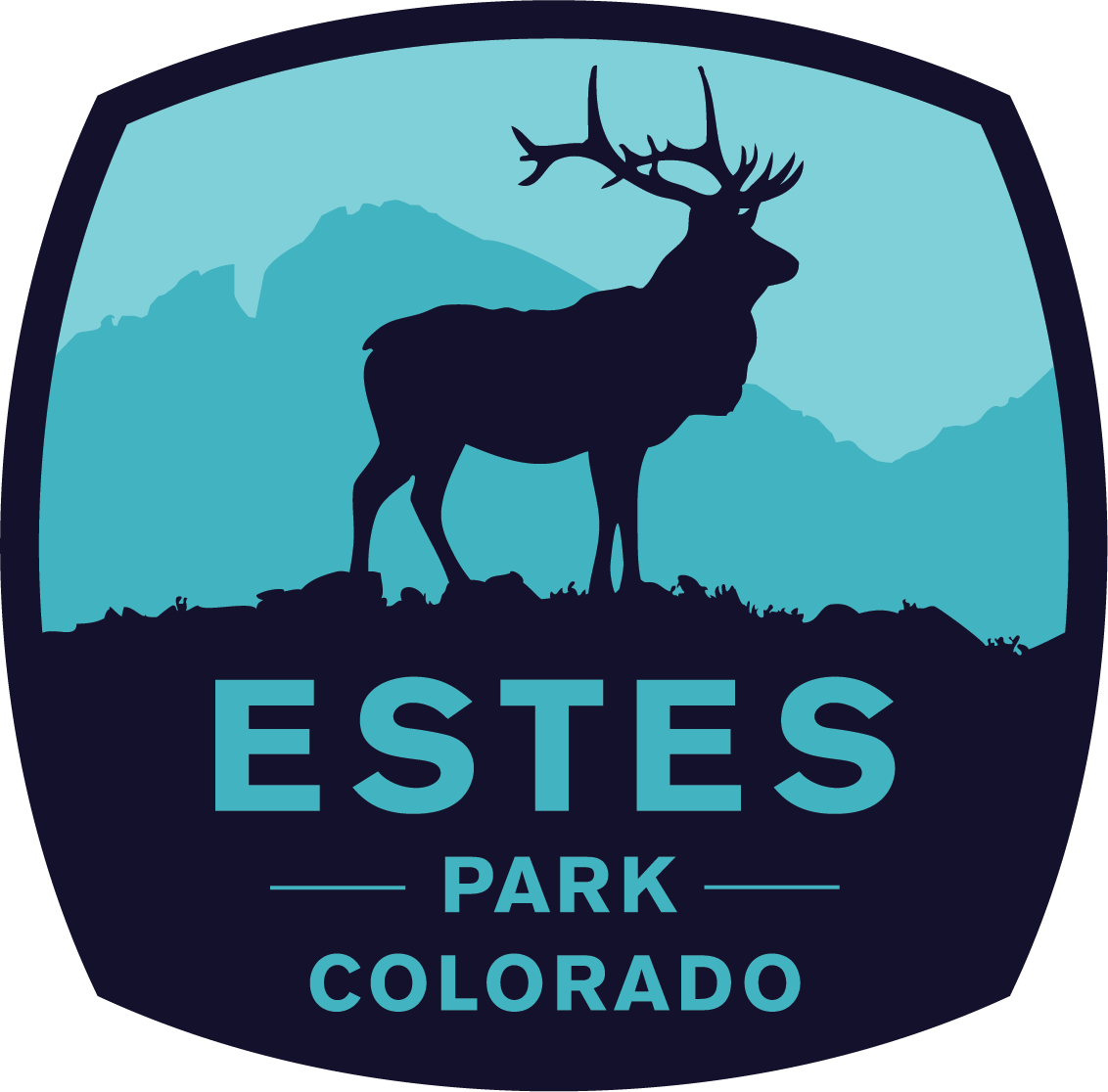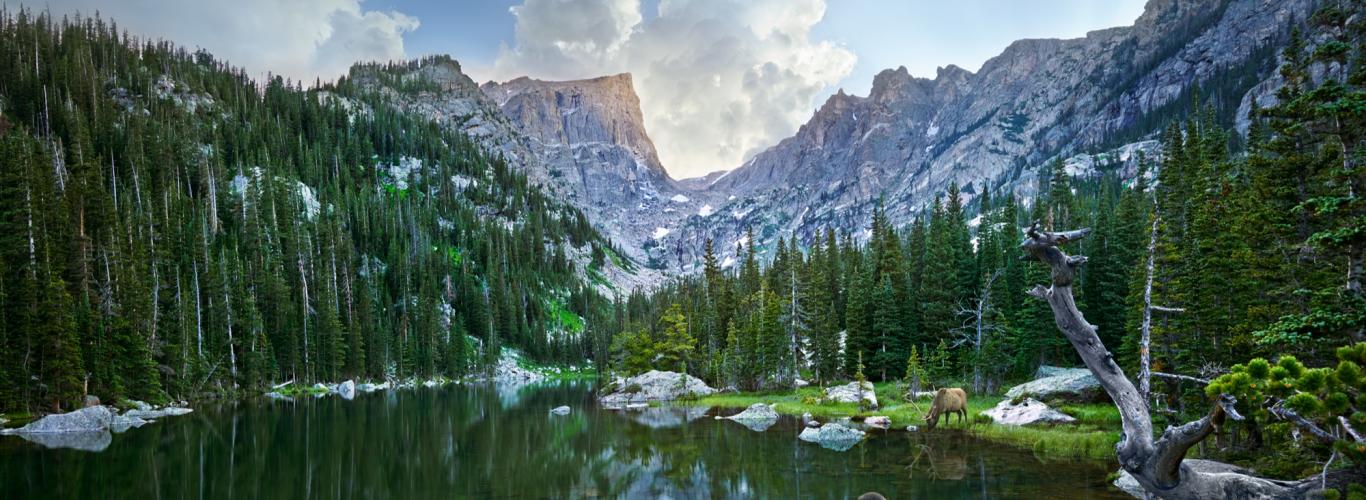Kara Wadenstierna, an Olson Fellow at Rocky Mountain Conservancy shares the top tips for picking the right gear for snowshoeing and the secrets to local's favorite trails to explore the snowy spring conditions in Rocky Mountain National Park:
Standing on hard-packed snow pack at Rocky Mountain National Park's Bear Lake Snow telemetry site makes two promises to visitor and local alike: First, at this rate, there will be water aplenty for the Front Range throughout the coming summer; second, there is still fun to be had. One of the oldest winter sports in existence, snowshoeing offers an invitation to new adventures for all ability levels. If you can walk, you can certainly snowshoe! Invented in 4,000 B.C. in Central Asia, the "Shoeski" -a solid piece of wood with crude binding-was the choice of transportation for the first people who migrated over the Bering Land Bridge into North America. While the design of the snowshoe has evolved over the years based on snow density and material availability, the functionality has remained high. These days, snowshoes are generally made from a blend of reinforced plastic and aluminum or titanium alloy and can easily buckle over waterproof boots. Here are some tips on gear to have and where to go for the novice to experienced snowshoer.
Gear to Have: Before hitting the trail, make sure to be wearing waterproof pants, waterproof boots, and of course, snowshoes. Local Estes Park outfitters offer rental of these items. If you choose to purchase or provide your own snowshoes, you will not go wrong with dependable brands like MSR, Atlas, and Red Feather. Once outfitted, consider what to take along. Sunlight is becoming more direct as winter is changing into spring, and with snow still blanketing the higher elevations in Rocky Mountain National Park, having your ten essentials for any backcountry adventure is important. Sun protection-sunglasses and sunblock, windproof layers, high-energy snacks, at least one liter of water, first aid kit, flashlight, matches and fire-starter, whistle, pocket knife, and map and compass will have you prepared to explore.
Where to Go: After being outfitted like a mountaineer, go see those mountains! From the Bear Lake corridor, hard-packed trails lead the way to Nymph, Dream and Emerald Lakes for round-trip mileage of 1.0 miles, 2.2 miles, or 3.6 miles if you go all the way to Emerald. Be sure to notice the iconic view of Longs Peak's diamond face alongside Keyboard of the winds on a clear day. Those interested and prepared to climb above treeline might take on Flattop Mountain, reaching an elevation of 12,324' for a round-trip journey of about seven miles on the steep winter trail. For a beautiful view that remains shrouded in trees, the 10,013' summit of Deer Mountain grants a panorama of up to twelve peaks in the Continental Divide. For more ideas of Rocky Mountain National Park's treasures to behold, ask around or find somewhere new to you on a RMNP National Geographic topography map, available at the Beaver Meadows Visitor Center.
While the above ideas are my favorites, check the online event calendar for more information and event in Estes Park. Additionally, Rocky Mountain Conservancy offers unique field institute classes that support and enhance the preservation of Rocky Mountain National Park. Please call 970-586-3262 or visit RMConservancy.org for more information or to register. Don't forget to book your lodging in an Estes Park lodge or cabin for a weekend of spring snow adventure!




